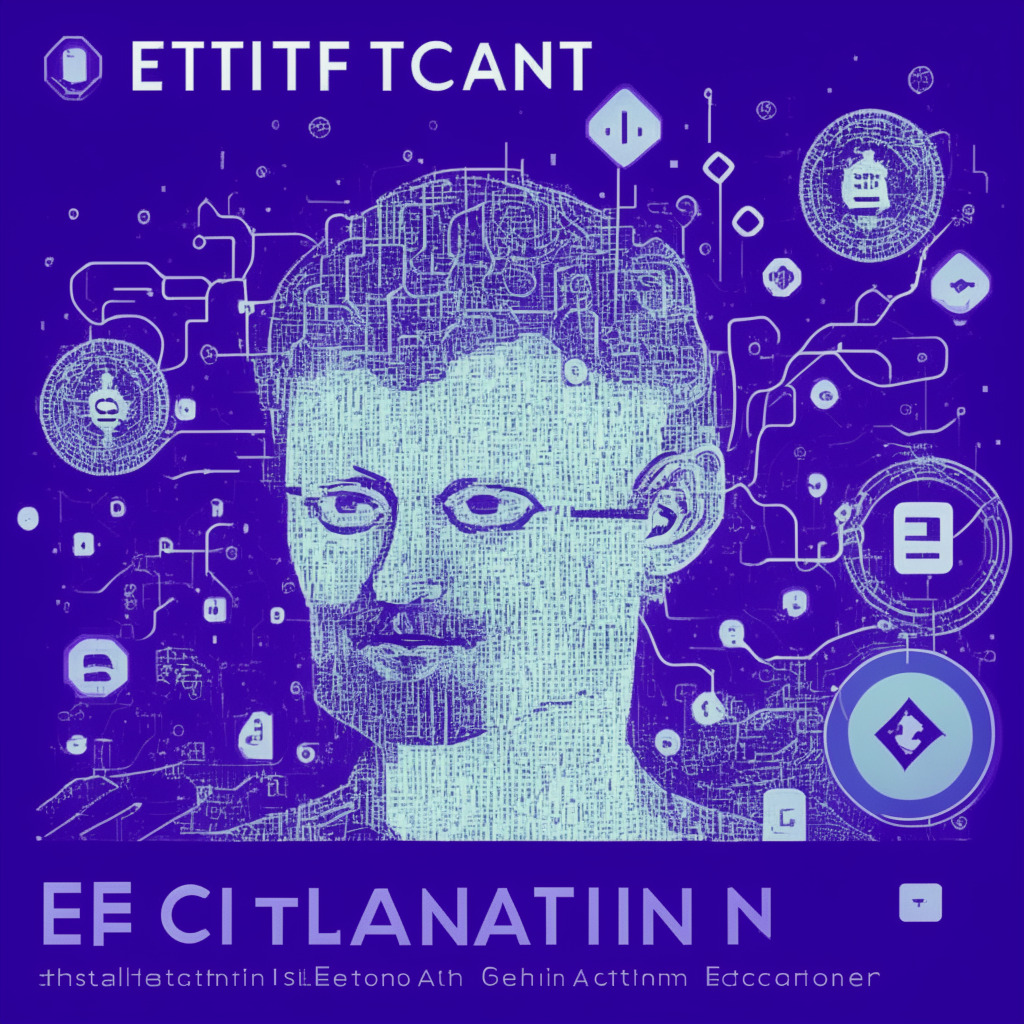One of the most significant draws of blockchain technology and cryptocurrencies is the potential to utilize digital currencies in day-to-day life, not just as investment tools. Among digital currencies, Bitcoin, the world’s first cryptocurrency and its present market dominator, is slowly but steadily gaining acceptance as a mode of payment where it is possible to buy goods and services directly with the cryptocurrency.
Spending Bitcoin isn’t as complicated as it may sound. First, you need to have a digital wallet – a tool that will allow you to hold, transact, and receive Bitcoin. Buying Bitcoin is the next step that can be done on a cryptocurrency exchange or through mining (a technique of acquiring Bitcoin through complex computer processes). The key lies in identifying those companies which offer solutions through Bitcoin.
Several online merchants, various online services, including web-hosting, domain registrations, and some physical stores, are now accepting Bitcoin. Bitcoins’ acceptance at physical stores is location-based so it’s better to check before making any purchase. However, spending your Bitcoin at physical stores might still be infrequent compared to online transactions.
The popularity of Bitcoin has also prompted peer-to-peer (P2P) marketplaces to move towards accepting Bitcoin as a payment method. However, a slight note of caution – it is critically important to confirm the seller’s reputation before plunging into such transactions.
Interestingly, Bitcoin’s mainstream acceptance has also resulted in Bitcoin ATMs appearing in many locations. These ATMs allow Bitcoin users to withdraw cash equivalent to their Bitcoin holding. Yet, precisely due to the Bitcoin network congestion, the confirmation of the transaction and hence the cash dispensing can vary.
Finally, Bitcoin remittance services allow you to deposit Bitcoin and spend it using a debit card linked to Bitcoin account or partner retailers. Some services may also offer a conversion feature if you want to spend in a local currency instead of Bitcoin.
While spending Bitcoin is becoming increasingly feasible, it’s also worthwhile for users to remember that the transaction cost, the transaction time, and the volatility of Bitcoin price are factors that can’t be ignored. Thus, a balanced approach to spending Bitcoin would be to ascertain whether the convenience and novelty outweigh the potential concerns around its wide-scale application.
Source: Cointelegraph




